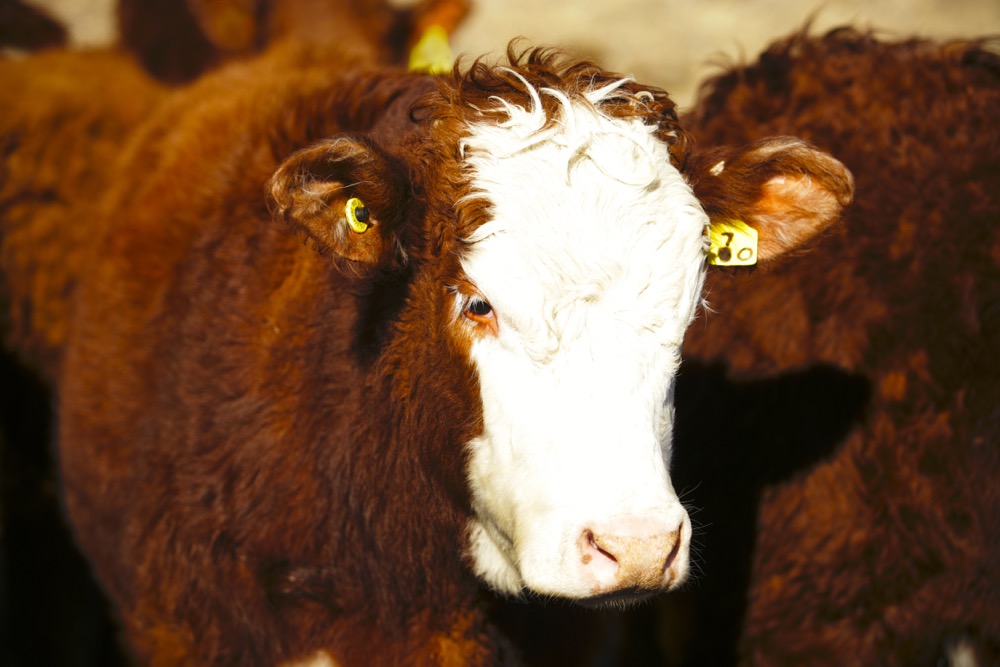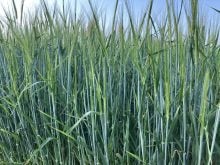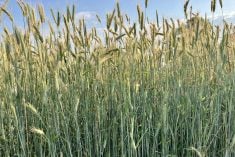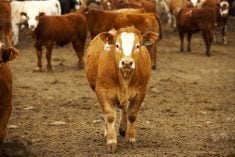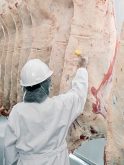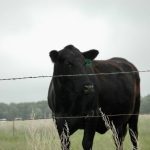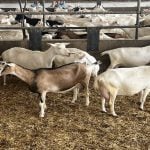It’s been 10 years since the Canadian Roundtable for Sustainable Beef (CRSB) was founded, and great strides have been made in measuring and recognizing Canada’s leadership in sustainability. The Certified Sustainable Beef Framework, known as “CRSB Certified,” was created in 2017 to recognize the sustainable practices on the ground and to provide credible assurances for consumers for the production, processing and sourcing of beef through certified supply chains in Canada. The program was developed in collaboration with stakeholders across the supply chain and beyond, including input from producers at every stage. Since 2017, the program has grown significantly. There are currently over 1,350 CRSB Certified producers, meaning that approximately 20 per cent of Canadian cattle spend time under the management of a CRSB Certified operation, covering an estimated 5.8 million acres of land across Canada.
Given some of the recent evolutions of the program, now is a good time to address some of the common questions producers have about the program.
How does the CRSB certification program work?
Read Also
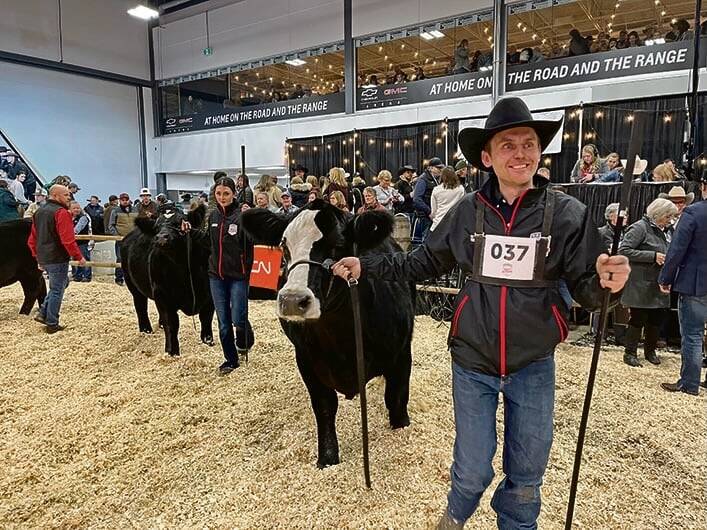
What to know before you go to Agribition 2025
If you’re attending Agribition 2025, this is the place to find out about tickets, dates and what’s happening this year.
Beef producers and processors are certified against the standards for sustainable beef production and processing set by the CRSB. Certification is done based on a five-year cycle consisting of an initial on-site audit, with records assessment and self-declarations in intervening years. Cattle and beef are tracked through the supply chain according to CRSB’s chain of custody requirements, using Canada’s RFID traceability system. Retailers, restaurants and food service distributors can source beef that meets CRSB requirements and market qualifying beef with a “CRSB Certified” logo and claim.
What’s in it for beef producers?
Program participants cited various motivations for becoming and remaining certified, such as supporting programs promoting beneficial practices for the industry, increasing credibility when sharing the farm’s story with others to build consumer trust, measuring success and identifying gaps, showing pride in the business and self-education.
“When you know better, you do better,” says Andrea Stroeve-Sawa of Shipwheel Cattle Feeders, Taber, Alta.
Partner organizations are also signing on to offer financial incentives to certified producers.
Since 2018, Cargill has offered a per head (approximately $18-20) “qualifying cattle credit” to CRSB Certified producers for cattle that flow through the supply chain. In 2023 and 2024, Cargill also partnered with CRSB to provide a “recognition credit” for CRSB Certified producers, over and above the existing qualifying cattle credits and regardless of whether their qualifying cattle were ultimately sold into Cargill. This ensured that all CRSB Certified operations received a minimum C$400 in total annual credit payments as part of the CRSB Certified Sustainable Beef Framework. Both incentives are funded by Cargill’s customers partnering in the program.
Since 2022, Farm Credit Canada (FCC) has offered its own Sustainability Incentive Program. Under this program, FCC customers who are CRSB Certified can receive the incentive, regardless of what else is occurring through the value chain.
Producers are taking note, too. Last year, there were 506 successful applicants for incentives across all FCC programs.
“While there may be variation in payments from year to year, over the last four-and-a- half years we have benefited by about $5,800 through both Cargill and FCC incentives,” says Tyler Fulton of Tyton Farms, Birtle, Man. He estimates Cargill and FCC each contributed about half to that total.
Scott Gerbrandt, who operates S&R Gerbrandt Farms with his wife, Robyn, near Swift Current, Sask., says in addition to the Cargill and FCC incentives, they’ve accessed provincial rebate programs tied to VBP+, such as rebates for audit costs, handling systems, squeeze chutes and RFID readers.
“Incentives being offered by CRSB partners are encouraging, and I hope others will help follow suit to reward producers for the important work they are doing. These incentives help leverage improvements, and make farmers and ranchers feel like their dedication is appreciated. Companies who are supporting us as producers, either through these programs, or as CRSB members, contribute to my loyalty,” says Andrea Stroeve-Sawa of Shipwheel Cattle Feeders, Taber, Alta.
Who is eligible and how do producers sign up?
Certification is done by third-party certification bodies approved by the CRSB. Participants can choose the certification body of their choice, based on what is best for their operation, and other programs they may be involved in. There are three options for beef producers:
• Verified Beef Production Plus
• Ontario Corn Fed Beef Quality Assurance/CRSB Program (feedlot operations in Ontario)
• Where Food Comes From
Who is eligible for the FCC incentive program?
FCC customers with active lending in good standing and holding a current CRSB certification at the time of application are eligible for the FCC incentive program. Producers can apply online at the Farm Credit Canada website. Once the application is submitted, the sustainability programs team verifies the customer information and their status.
Once participating producers are verified per eligibility requirements, the sustainability programs team will calculate an incentive payment based on a portion of their total owing to a maximum payment of $2,000 in one calendar year.
In addition to CRSB, FCC has programs with McCain, Cargill, Dairy Farmers of Can- ada, Starbucks, Ducks Unlimited Canada, PepsiCo and Fertilizer Canada’s 4R Nutrient Stewardship.
What does an audit trail entail?
While the word “audit” can sound daunting, producers who’ve completed the process have found plenty of positives.
“I have been through two audits so far, and to me they feel like you are showing a knowledgeable producer around your farm,” says Fulton.
Fulton says the tone of the process was friendly, not intimidating. He sees it as an opportunity to not only explain why they do things the way they do, but to also get feedback on how to do things better.
“I really felt like the suggestions from the auditor were common sense, but were things that we had overlooked. Sometimes it takes a fresh set of eyes to identify risks that can be mitigated.”
Gerbrandt has also completed two audits. He says they were given instructions on preparing for the audit, which mostly meant compiling documents before the auditor arrived. The documentation proved they recorded treatment notes, such as withdrawal times and treatment methods, he explains. Any corrective actions identified by the auditor were shared with them, he says, so they could improve their operation.
“Our auditors have been fellow beef producers. We have come out of both audits with knowledge and suggestions for improvement that we didn’t have before.”
Stroeve-Sawa sees measuring progress as essential to seeing how they can keep doing better. The data collected during the audit is key in identifying gaps and addressing weak links.
Is there demand for CRSB certified cattle?
Program retail and food service partners are signaling demand for beef raised on CRSB Certified farms and ranches and are keen to share the positive beef sustainability story with Canadians. Processors, distributors, retailers and restaurants have made major commitments to CRSB Certified beef sourcing and are investing in marketing their products with CRSB certification to Canadian consumers.
“Our retail and food service customers are increasingly asking for CRSB Certified beef to meet consumer preferences and their own corporate sustainability goals,” says Kristine Tapley, Cargill sustainability customer engagement manager. “That demand exceeds the current number of qualifying cattle arriving at our facilities, proving there’s an industry need to expand the supply chain of CRSB Certified cattle as we sustainably feed a growing population.”
How do I know if the feedlot or packer that my cattle go to are CRSB certified?
The best way is to connect with backgrounders and feedlots directly. Ensure your certificate number and CRSB Certified status is included in sale paperwork, especially if cattle are sold through the auction system (live or online).
In October 2023, the Canadian Cattle Identification Agency became a single verifier for live cattle chain of custody for the program (outside of Quebec). As part of this program improvement, anyone with Canadian Livestock Tracking System (CLTS) accounts are now able to see the “CRSB Certified” status of their cattle’s identification as they move through the supply chain. Be sure to consent to share information with CRSB in your CLTS account, register the RFID tags, age-verify animals in CLTS and record any cattle movements.
All events (birthdates and move-ins) must be submitted into the CLTS before:
- July 15, for January 1–June 30 events
- January 15, for July 1–December 31 events
This also enables operators down the supply chain to search by tag number for qualifying animals.
Why should producers consider certification and/or maintain their certification?
Stroeve-Sawa, Gerbrandt and Fulton all pointed out that the CRSB Certification was built by beef producers, in response to societal demand.
“This is our way to prove what we are doing, and we need to be able to show it,” says Stroeve-Sawa, whose operation was part of the original Verified Beef Production program. She adds the program enables beef producers to define the standards of sustainable production.
“CRSB has a great way of developing flexible outcomes to meet the standards, based on what works best for each individual farm or ranch.”
Gerbrandt says consumers have proven they value certified products in grocery stores and restaurants.
“Consumer demand drives supply chain demand. If we don’t get behind these programs that are developed by us, then there will be programs developed for us. Between the payments per head and incentive programs, there’s great opportunity for producers to come out ahead.”
Fulton also sees the growing social and financial market demand for information on how food is produced.
“CRSB and the CRSB Certified program is our response to those demands. It is a tool that covers many topics of interest, is useful for all, and meets many of those programs’ criteria.”
– With files from the Canadian Roundtable for Sustainable Beef and Farm Credit Canada.


